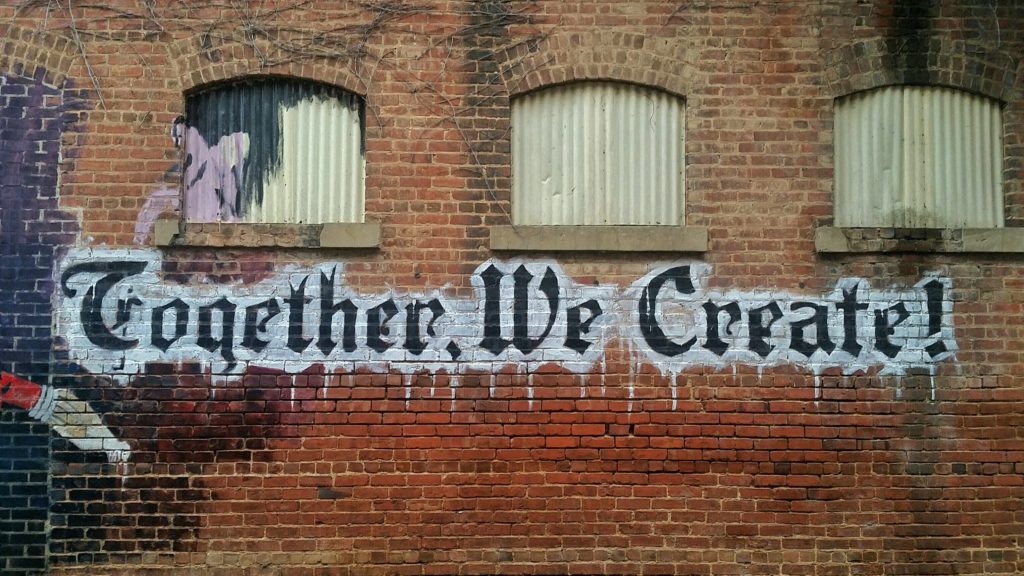As we all know, architecture is a collaborative space combining multiple subjects to bring a project alive from conceptual design. That’s why architects often find themselves as the primary consultant for the client, effectively turning them into the point of contact for a variety of disciplines to coordinate and actualize projects. This can create an insane amount of stress for any individual, let alone an architect that may have to juggle multiple ongoing projects.
This could be one of the handfuls of reasons why some professionals find it difficult to work with architects. We don’t want that at all for you! It’s important to become a well-rounded designer and member of an amazing community. Today, we will be discussing some key points on why others can view architects as “difficult to work with” and ways to mitigate this negative notion. It’s important to keep in mind, as with any generalization, that not all designers are difficult to work with!
We Don't Know Everything!
It may be hard to imagine, but we don’t have to be an expert in every field! We have shared numerous times that architecture is a culmination of subjects and perspectives, but it’s unrealistic to be an expert in everything. Is that really a negative thing, though? The beauty of architecture originates from the minds of individuals that have all degrees of thought and insight, like the stark difference between Le Corbusier and Zaha Hadid! They specialized in certain subjects, and both designed with their personal stories and experiences. Still, we sometimes want to find ourselves knowledgeable in all subjects, which is normal but don’t be a know-it-all! You might have passed a know-it-all once or twice before, so you know how aggravating it can be to have a conversation with them.

Instead, I like to view architecture as one big puzzle! We have an initial vision, then it morphs as new understanding arises, but you only have 5/10 pieces needed. Meanwhile, others have the missing pieces you need, but it changes your vision again, hopefully for the better, too. Like engineers, landscape architects, sustainability wizards, etc., professionals bring new insights that they have spent cultivating through their careers like us, so trust them to help you bring forth that vision.
Overstepping
At times, overstepping can be difficult to recognize, especially when you have good intentions as the designer. It may have to do with architects’ perfectionist side, but overstepping can annoy team members, possibly lowering productivity, collaboration, and overall team morale. Overstepping can sometimes lead to micromanaging, which is not another healthy way to work with a team, too.
Not just overstepping, but it’s also easy to overlook others’ work because architects often find themselves fixated on this definitive design without fully considering the stress they put on others. It’s important to recognize the effort of the team when it comes to this collaborative design process. Ultimately, it is going back to trusting your trained team of professionals to communicate, collaborate, and coordinate to construct the design. (I had a little fun with that alliteration).
Check Your Ego!
Check your ego! Let me repeat, check your ego! Regardless of what stage a project’s life is in, this is a team effort, so why include a silly thing as ego in the conversation? You know the quote; there is no “I” in team! As I mentioned before, architects as the point of contact coordinating other consultants is a stressful position, so learning how to stay objective and respectful is important even with high-stress levels. If you find yourself in this position, take a deep breath, think, and decide the best path for you or how to communicate something to others.
 Understanding the puzzle pieces, staying informed, remaining objective, and respectful can be some of the greatest qualities an architect can have, especially when clients rely on you to create what they envision for their project. In the end, leaving your ego at the door will produce more constructive conversations with other team members or professionals that will optimize time for everyone’s sake.
Understanding the puzzle pieces, staying informed, remaining objective, and respectful can be some of the greatest qualities an architect can have, especially when clients rely on you to create what they envision for their project. In the end, leaving your ego at the door will produce more constructive conversations with other team members or professionals that will optimize time for everyone’s sake.
The Other Team Members
 As the point of contact for the client and consultants, you’d need to know who are the other team members of the operation! We don’t always have the opportunity to work with other design and engineering students in school, so the office is where many interactions with other professions will happen for the first time. These are 6 typical professions that architects work with!
As the point of contact for the client and consultants, you’d need to know who are the other team members of the operation! We don’t always have the opportunity to work with other design and engineering students in school, so the office is where many interactions with other professions will happen for the first time. These are 6 typical professions that architects work with!
Structural engineering is a specialty within civil engineering. Structural engineers focus on drawings and specifications, performing calculations of physical forces to analyze a project’s structural integrity, and writing evaluations on a project’s structure to identify what is needed to conceive the design.
- In architecture, mechanical engineers emphasize the relationship between heat exchangers, refrigerators, and ventilation systems to help create a comfortable environment for inhabitants in the project.
- Electrical engineers work on a wide range of electrical components, devices and systems, to huge power station generators. In architecture, you can find electrical engineers produce drawings that indicate electrical receptacles, voltage, control systems, evaluations on the durability of electrical equipment needed to sustain a building, etc.
Yes, there is a whole sector of strictly interior designers because they bring a slew of knowledge on how to make an interior space functional, safe, and beautiful! They contain creative insight understanding the relationship between color and emotion, furniture placement and movement, floors and walls, etc. There can be many specialties with interior design, too, like corporate, healthcare, kitchen and bath, sustainable or universal.
Landscape architects design socially, environmentally, and economically sustainable outdoor environments. Landscape architecture involves the land surrounding the buildings, from the streets you walk on to the parks you play in. The scope of landscape architecture reaches far and wide and overlaps more with architecture than you might think. Architects and landscape architects frequently work together on-site and master planning, cohesive design of exterior and interior spaces, green roof design, and more.
They identify community needs and develop short and long-term solutions to improve and revitalize communities and areas in towns, cities, counties, or metropolitan areas. As an area grows or changes, planners help communities manage the related economic, social, and environmental issues, such as planning new parks, sheltering the homeless, and making the region more attractive to businesses. The opportunity to work with an urban planner may depend on the firm structure or given project – you may have an in-house planner or work with a planner at the municipality, provincial/state or federal level of government. Architects often work with planners to ensure a site is being developed per by-laws, to apply for Site Plan approval, develop master plans and conduct planning studies.
Self - Awareness!
It’s difficult to be observant of your actions in this high-stressed position, but having a good self-awareness level will mitigate some stress factors in any project. This includes the awareness and acceptance of your weakness in a field that requires other professionals to support you in the project. In the same beat, not everyone can understand architects’ mindset, either! We hope these points illuminate how designers, specifically architects, can be misconstrued and ways to alleviate this issue.
Sharing is caring! We hope to provide you with valuable insights and share them with someone who might find this useful. Make sure to follow our Youtube and Instagram for more content!
